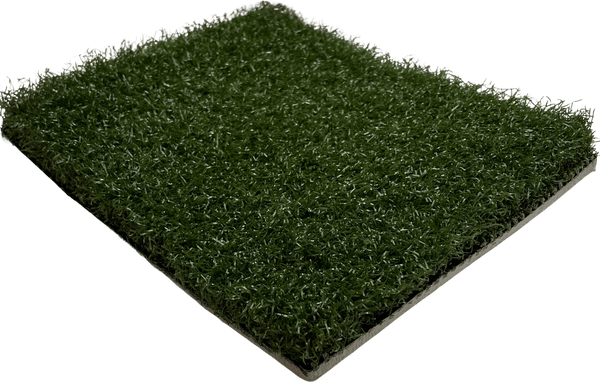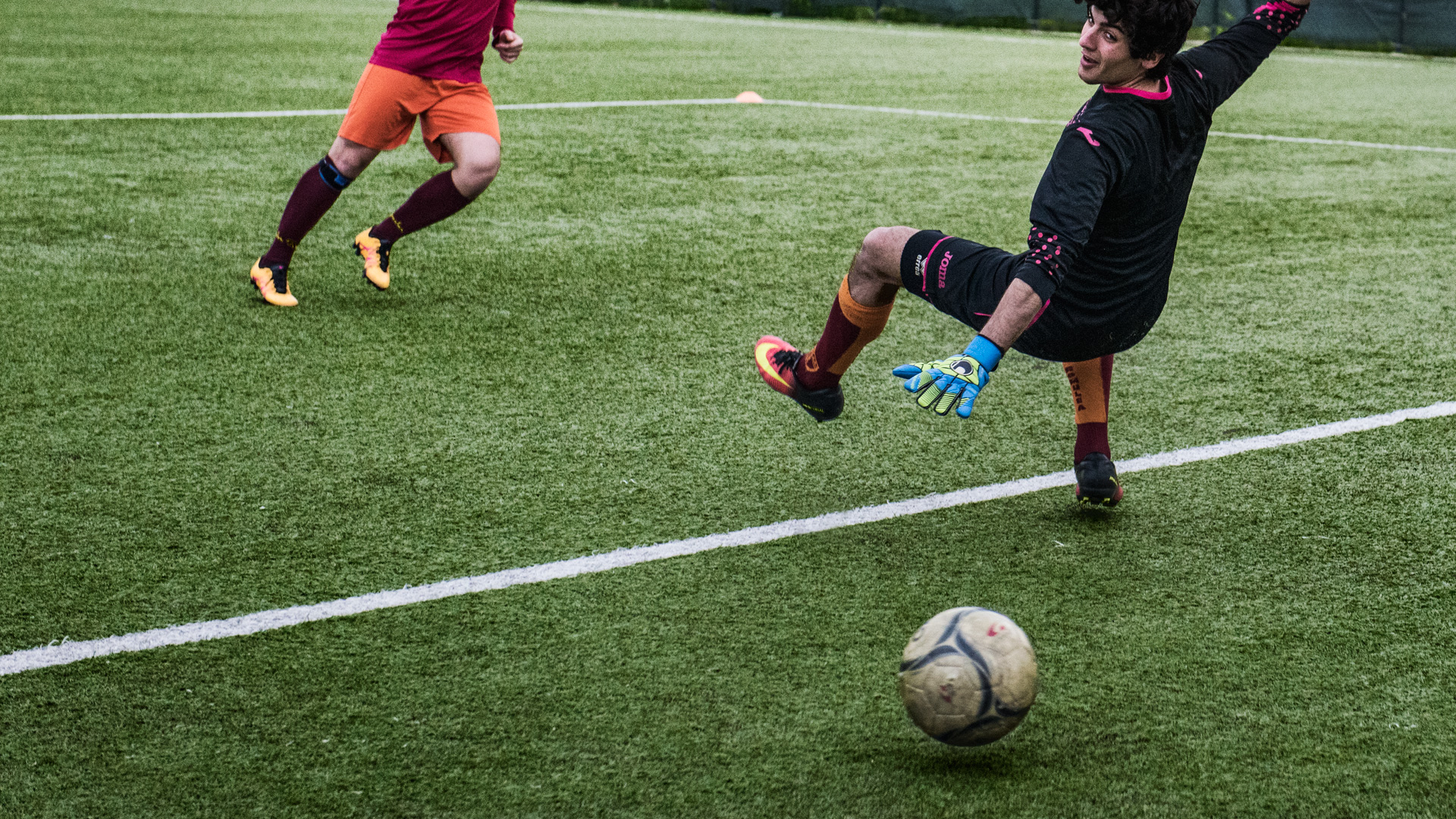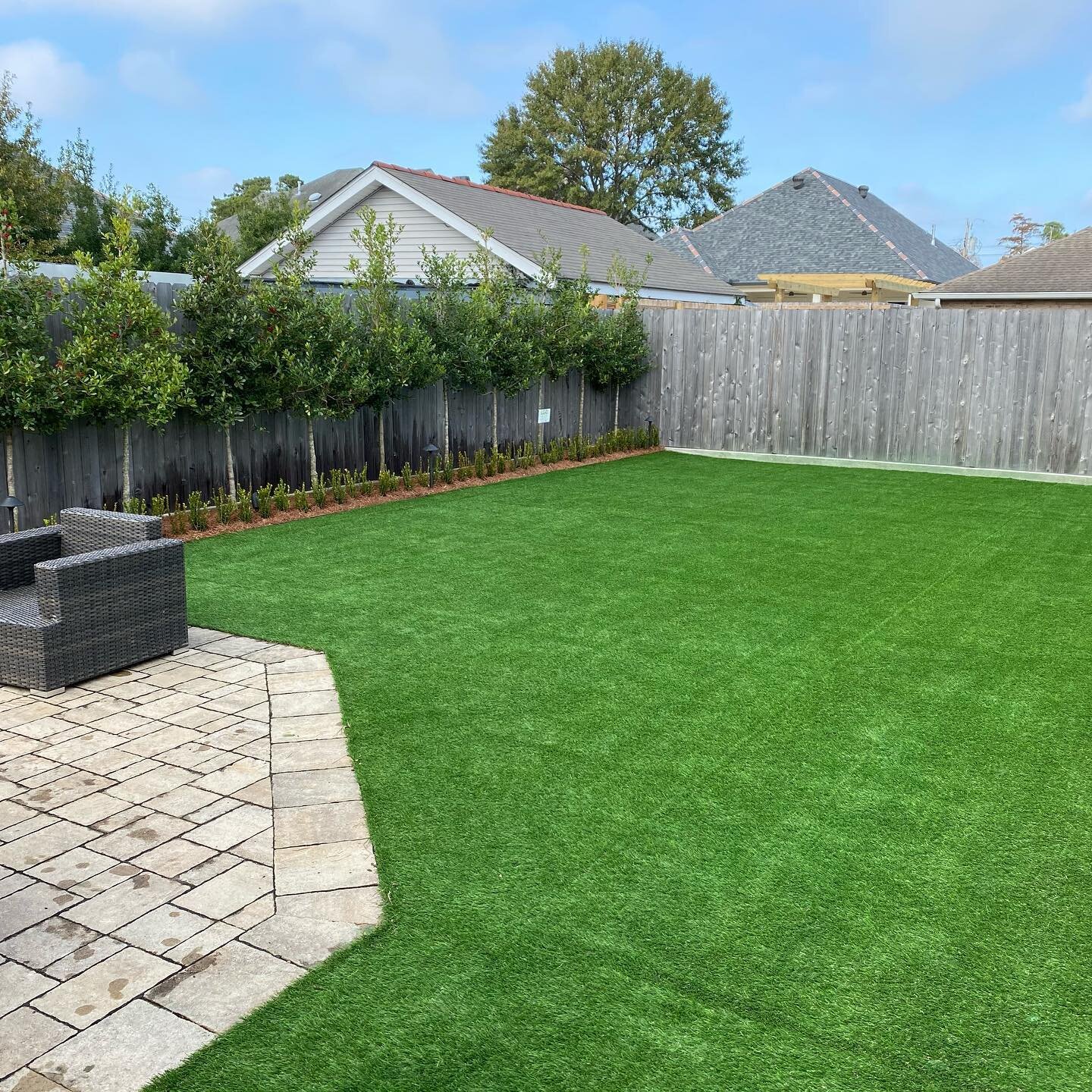Trusted Phoenix Turf Companies Delivering High-End Synthetic Grass Installation
Trusted Phoenix Turf Companies Delivering High-End Synthetic Grass Installation
Blog Article
See Why Homeowners Prefer Synthetic Grass for Lasting Landscape Design Practices
As property owners progressively prioritize sustainability in landscaping, synthetic turf has emerged as a compelling alternative to conventional turf. Its ability to conserve water, reduce maintenance initiatives, and decrease ecological effect settings it as a functional option for those seeking eco-friendly remedies. In addition, the visual allure and convenience of synthetic grass provide to diverse design choices. The ramifications of this shift expand beyond plain benefit and aesthetic appeals, prompting a more detailed evaluation of just how these options affect wider environmental end results. What stays to be explored is the complete scope of advantages that artificial grass can offer to property owners and the environment alike.
Water Conservation Perks
One of the most significant advantages of artificial turf is its duty in water preservation. In comparison, fabricated lawn removes this need totally, as it does not call for watering.
Furthermore, the setup of man-made grass can add to a much more sustainable landscape. Property owners can substantially reduce their water costs, enabling reallocation of sources to various other environmental initiatives or household uses. In addition, fabricated turf is designed to hold up against various weather problems without the requirement for additional watering, making it an optimal choice for areas encountering water shortage.
The environmental advantages prolong beyond prompt water financial savings. By minimizing water consumption, synthetic turf assists to minimize the effects of environment adjustment, protecting important communities that are intimidated by too much water extraction. As lasting landscaping practices get traction, artificial lawn arises as an accountable choice for home owners looking for to create eco-friendly exterior spaces.
Lowered Maintenance Efforts
Synthetic grass significantly minimizes maintenance initiatives compared to standard yard lawns. With man-made turf, homeowners can remove the lengthy tasks related to natural landscaping, such as mowing, fertilizing, and weeding. This not just conserves useful time yet likewise lowers physical labor, making lawn treatment accessible for people of every ages.
One of the most significant benefits is the absence of routine mowing. Conventional lawns require constant trimming to maintain a cosmetically pleasing height, whereas synthetic grass remains constantly lavish without the need for cutting. Furthermore, home owners no much longer need to apply plant foods or chemicals, which are frequently needed to maintain all-natural lawn healthy. This change not only lightens the work yet also promotes a neater, much more uniform appearance year-round.
Additionally, synthetic grass is resilient and resilient, requiring minimal maintenance past periodic brushing and rinsing to remove particles. This simplicity of maintenance allows home owners to appreciate their outside areas without the continuous worry of maintenance, giving more time for leisure and family tasks. Eventually, the decreased maintenance initiatives related to synthetic lawn make it an attractive choice for those looking for a low-maintenance, aesthetically appealing landscape.

Ecological Influence Reduction
There is a growing recognition of the environmental advantages associated with synthetic grass, specifically in terms of water conservation and reduced chemical usage. Standard yards call for considerable quantities of water, specifically in drought-prone areas, leading to enhanced stress on regional water resources. On the other hand, man-made lawn removes the demand for irrigation, significantly lowering water intake and advertising sustainability.
Furthermore, standard grass upkeep often involves the application of herbicides, pesticides, and fertilizers, which can add to dirt and water air pollution. Synthetic turf mitigates this ecological threat by calling for very little upkeep and virtually removing the demand for unsafe chemicals. This not just improves soil wellness however also protects neighborhood ecological communities from toxic drainage.
Additionally, the production of natural lawn lawns generally entails making use of fossil fuels for mowing and landscape design devices, further adding to greenhouse gas emissions. By picking man-made turf, homeowners can dramatically reduce their carbon footprint linked with yard care activities.
Aesthetic Charm and Versatility
Along with its environmental advantages, fabricated turf uses substantial aesthetic charm and convenience for landscaping. Property owners can attain a lush, environment-friendly look year-round, eliminating the seasonal changes generally connected with natural lawn. This regular visual not only improves the aesthetic allure of a residential or commercial property however additionally adds to a well-maintained and refined look.
Additionally, synthetic grass is available in a range of styles, colors, and structures, enabling personalization to fit specific choices and style styles - Turf installation phoenix az. Whether used in residential yards, business rooms, or entertainment locations, it can flawlessly incorporate right into varied landscaping styles, from modern minimalist to lavish exotic settings
The flexibility of synthetic grass expands beyond mere appearance; it can be installed in various locations, consisting of roofs, patios, and even indoor rooms, producing chances for distinct landscape design options. Furthermore, it is appropriate for a series of tasks, from kids's play areas to pet-friendly settings, offering functionality without endangering style.
Inevitably, the visual appeal and versatility of fabricated grass make it an attractive alternative for house owners seeking lasting landscaping options that do not compromise beauty for ecological responsibility.

Long-Term Expense Financial Savings
One of the most engaging benefits of synthetic turf is its possibility for long-lasting expense savings. Unlike all-natural turf, which you can find out more requires normal upkeep-- including mowing, watering, fertilizing, and parasite control-- fabricated grass considerably reduces these recurring costs.
In addition, synthetic grass has a lifespan of 15 to 25 years, relying on its quality and use. This resilience minimizes replacement prices, making it an extra economical choice in the find more info long run. The initial investment in fabricated grass can usually be redeemed through the cost savings accrued over time.
While the in advance price may appear greater compared to turf installment, the cumulative cost savings from minimized maintenance and water usage commonly outweigh these preliminary expenses. Ultimately, the adoption of synthetic grass not only promotes a lasting landscaping solution but also uses homeowners an economically smart alternative that aligns with long-term budgeting goals.
Final Thought
Fabricated lawn emerges as a compelling choice for sustainable landscape design, supplying significant advantages in water conservation, decreased maintenance efforts, and reduced environmental impact. Its aesthetic appeal and flexibility improve the aesthetic landscape while lining up with modern-day sustainability objectives. Long-term cost savings contribute to its attractiveness for homeowners. As communities increasingly prioritize eco-friendly methods, the adoption of synthetic grass represents a progressive action towards accomplishing resilient and lasting landscapes.
Furthermore, fabricated lawn is created to stand up to various weather conditions without the demand for extra watering, making it a suitable option over here for areas dealing with water deficiency. (Artificial turf companies phoenix)

Fabricated lawn arises as an engaging alternative for lasting landscaping, offering significant benefits in water conservation, decreased maintenance initiatives, and reduced environmental impact.
Report this page